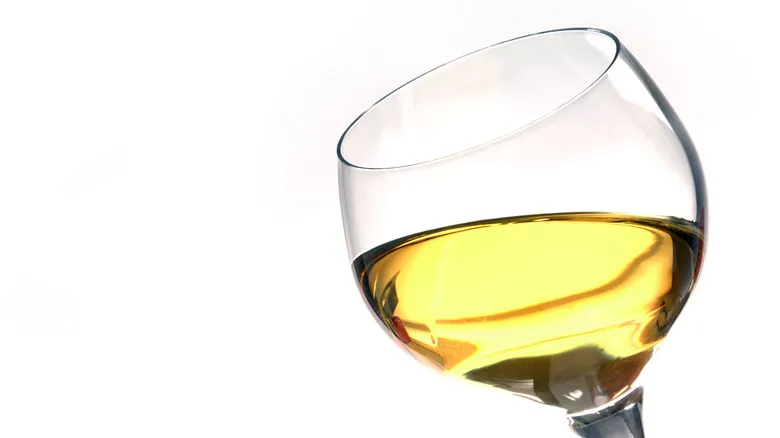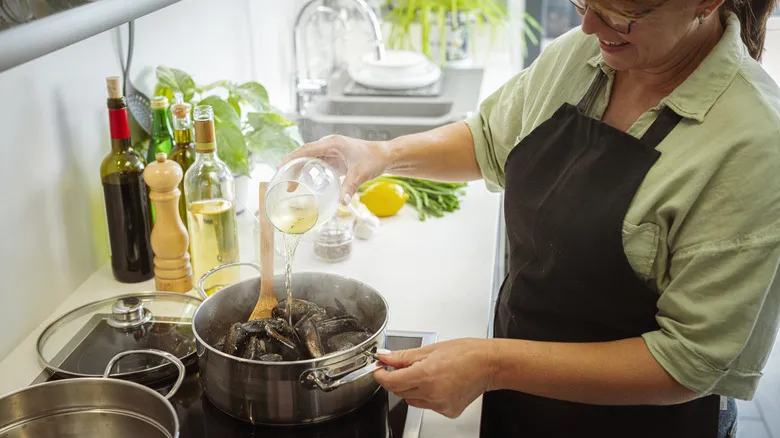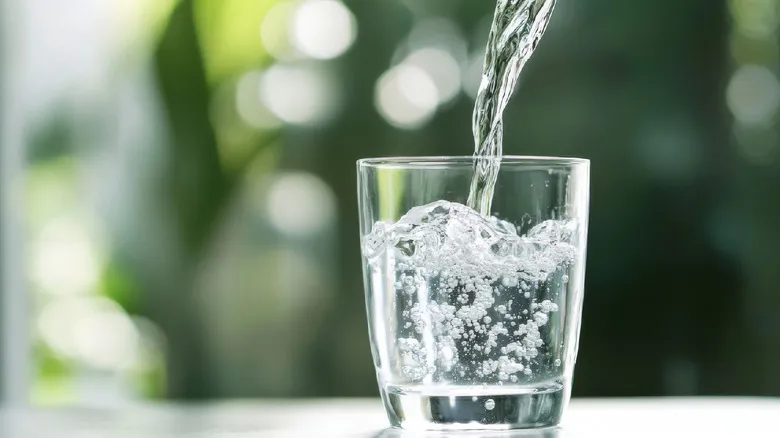How Champagne and Prosecco are made

The production of Champagne and Prosecco begins in a similar manner. Winemakers first create a still, non-bubbly wine from a blend of suitable grapes. This involves harvesting the grapes, extracting their juice, and placing the juice into large fermentation tanks. However, the processes diverge after the initial fermentation.
For Champagne, the still wine is bottled with yeast and sugar to initiate a second fermentation. This mixture triggers a chemical reaction inside the sealed bottle, generating carbon dioxide and alcohol. Since the excess carbon dioxide cannot escape, it dissolves into the still wine, resulting in carbonation. Once the wine is sufficiently bubbly, it is aged for a period before the bottles are opened to remove the old yeast, or lees. The bottles are then resealed and prepared for sale.
In contrast, Prosecco undergoes its second fermentation in large steel tanks using a method called the Charmat Method, rather than being carbonated in the bottle. Similar to Champagne, yeast and sugar are added to the tanks, leading to the formation of carbon dioxide, which infuses the wine. After a few weeks, the sparkling wine is filtered and then bottled.
Flavor differences between the wines

Both sparkling wines exhibit fruity characteristics, yet their distinct fermentation methods result in different flavor profiles. Champagne features notes of almonds, flowers, cherries, and citrus. Due to its extended aging process with yeast, older bottles can even develop hints of toasted bread. This effervescent wine pairs wonderfully with saltier, savory dishes such as shellfish, fried foods, and even potato chips. In contrast, Prosecco is bottled directly from the fermentation tank, resulting in brighter and more pronounced fruit flavors. A glass of Prosecco may evoke tastes of apple, pear, honeysuckle, and vanilla. Its sweetness makes it an excellent match for fruits, cured meats, and cheeses.
The bubbles in Champagne and Prosecco also differ significantly. Champagne's bubbles are tiny and delicate, allowing the wine to retain its effervescence for an extended period, while Prosecco's bubbles are more lively and dissipate quickly, similar to those in a soda can. At first glance, one might easily confuse these two sparkling wines. However, understanding their distinct production processes enhances your appreciation for each variety's unique qualities. Regardless of your preference, both Champagne and Prosecco are exquisite, delightful wines that are perfect for any celebration, whether grand or intimate.
Recommended

What Are Sulfites In Wine?

Why The Location Can Be The Biggest Red Flag On A Wine Label

Why Cooking Wine Is Salty, And How To Adjust For It

Don't Settle For Flat Sparkling Water — Just Use A Little Science
Next up

